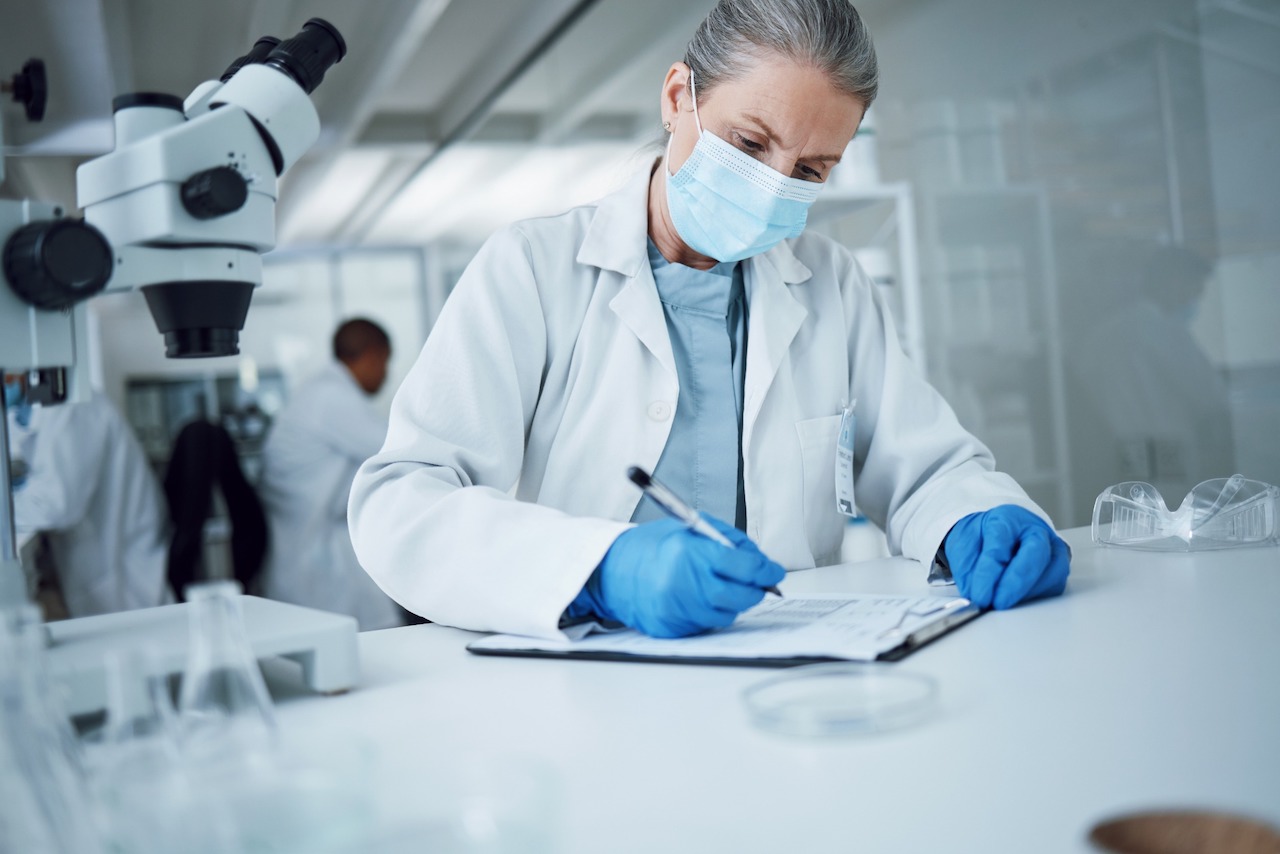Navigating Regulatory Compliance: Environmental Monitoring in Biopharmaceutical Facilities

In the biotech and pharmaceutical industries, maintaining stringent environmental monitoring practices is a strategic function for ensuring sterility and cleanliness of a controlled environment leading to product quality, safety, and compliance. As regulatory standards evolve, understanding and adhering to current guidelines become imperative for industry stakeholders. Let’s delve into the existing regulatory landscape and strategies for achieving compliance in environmental monitoring within biopharmaceutical facilities.
The Regulatory Framework: Understanding Key Guidelines
GMP Regulations: Explore Good Manufacturing Practices (GMP) guidelines, focusing on their relevance to environmental monitoring in biopharma manufacturing.
ICH Guidelines: Discuss the International Council for Harmonization (ICH) guidelines, such as ICH Q9 (Quality Risk Assessment) and Q10 (Quality Systems), emphasizing their implications on environmental monitoring, risk assessment, and control strategies.
USP Guidelines: Search the United States Pharmacopeia, USP Chapter <797> (Pharmaceutical Compounding – Sterile Preparations) which highlights Microbial Contamination, Sampling Materials and Testing Services.
CFR Directives: Examine the Code of Federal Regulations – laws of the United States covering areas subjected to federal regulations. 21 CFR 1271.195 (Environmental Control and Monitoring) references certain controls and requirements which must be followed in biopharmaceutical environmental monitoring programs.
Parameters and Standards for Environmental Monitoring
Critical Monitoring Parameters: Detail the critical parameters monitored in cleanrooms and controlled environments, including air quality, particulate count, microbial contamination, differential pressure, relative humidity and temperature.
Sampling Methods and Frequencies: Explain recommended sampling frequencies, and locations for environmental monitoring to ensure representative and comprehensive data collection according to sampling methods such as Sterility, Bioburden and Endotoxin which test for the presence of Viable and Non-viable particulates, yeasts and molds in compressed air, process gases, HEPA filters, clean steam and water systems.
Swabbing and plating techniques are used to identify, yeasts, molds and bacteria growth. Assay limits which are exceeded and observed adverse trends warrant investigations and remediations through effective CAPA’s and Change Controls.
Compliance Strategies for Effective Monitoring Programs
Risk-Based Approach: Highlight the significance of risk-based environmental monitoring, detailing how risk assessments guide the design and implementation of monitoring programs by the following approach:
- Identification of risk
- Determining the risk profile
- Assessing risk
- Establishing effective controls
- Monitoring control effectiveness
Verification, Validation and Qualification of Methods: Discuss verification, validation and qualification requirements for environmental monitoring systems, instruments, and procedures to ensure reliability, precision and accuracy as governed by USP <1223> (Validation of Alternative Microbiological Methods), <1225> (Validation of Compendial Methods) and <1226> (Verification of Compendial Methods).
Challenges and Solutions in Compliance
Common Challenges: Address common challenges encountered in achieving compliance, such as data integrity, software/hardware version upgrades, ensuring 21 CFR Part 11 compliance, commensurate investigations, establishing effective CAPA’s and accurate interpretation of results.
Best Practices and Mitigation Strategies: Offer best practices and mitigation strategies to overcome compliance challenges, including staff training, implementing efficient controls, clear and concise documentation, and continuous process improvement.
Ensuring Continuous Improvement and Adaptation
Adapting to Evolving Standards: Emphasize the need for biotech and pharmaceutical manufacturing facilities to continuously evolve their monitoring practices to align with updated regulatory standards.
Utilizing Technology and Innovation: Discuss how leveraging advanced technology and innovative solutions enhance monitoring capabilities and compliance adherence.
A Commitment to Regulatory Excellence
Compliance with environmental monitoring guidelines is not just a regulatory requirement—it’s a commitment to ensuring product quality, patient safety, and upholding the integrity of biopharma manufacturing. By embracing current regulatory guidelines, implementing robust monitoring programs, and fostering a culture of continuous improvement, biopharma facilities pave the path to regulatory excellence and industry leadership.
At Biopharma Consulting Group, we understand the pivotal role of maintaining compliance in every aspect of environmental monitoring programs. With a dedication to excellence and regulatory expertise, we guide biotech and pharmaceutical companies in navigating and implementing effective environmental monitoring strategies, ensuring adherence to current guidelines and promoting a culture of quality, integrity and compliance.

Article by:
Christopher M. LeBlanc
Founder & Principal Consultant
Christopher LeBlanc is the founder and Principal Consultant of BioPharma Consulting Group, LLC, a patient passionate, innovative consulting agency that provides quality services to the Biotechnology, Pharmaceutical and Gene Therapy industries.
Biotech & Pharmaceutical Consulting Services
Quality Control
Quality Assurance
Our Quality Assurance services focus on improving quality, integrity and compliance by providing certainty of the product and data. Guaranteeing effectiveness and efficiency as per client expectations and regulatory requirements with regard to patient safety.
Project Management
BCG will manage client projects with technical competencies focused on quality design efficiency through customized strategies to meet all company goals and produce completed projects compliant to objectives and timelines.
